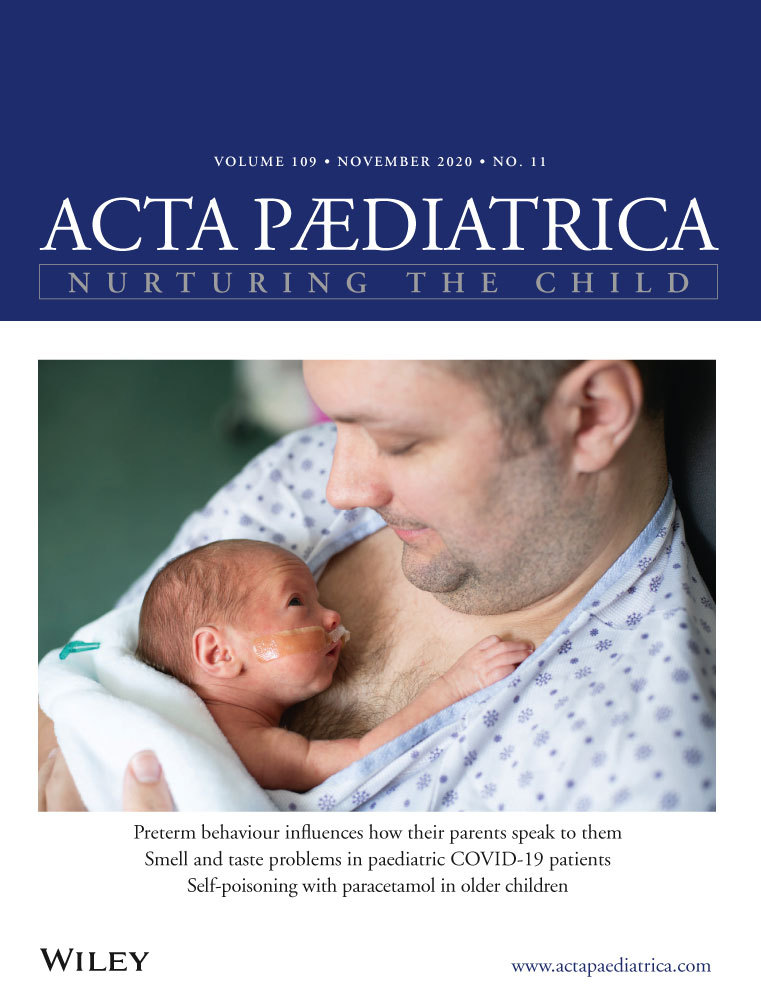A positive nitrite test was an independent risk factor for invasive bacterial infections in infants under 90 days of age with fever without source
Abstract
Aim
This study analysed the association between a positive nitrite dipstick test and an invasive bacterial infection (IBI) in infants younger than 90 days of age with fever without source (FWS).
Methods
We performed a secondary analysis of data from a prospective multicentre study of infants up to 90 days of age with FWS undergoing care in 19 paediatric EDs between October 2011 and September 2013. Invasive bacterial infection was defined as a positive blood or cerebrospinal fluid culture.
Results
The dipstick urinalysis was positive for nitrite or leucocyte esterase in 766 (22.5%) of the 3401 infants we studied, and 270 (35.2%) had a dipstick test that was just positive for nitrite. Overall, 107 were diagnosed with an IBI (3.1%). The IBI prevalence was 2.2% among patients with a normal urine dipstick, 4.4% if they had positive leucocyte esterase test results, 8.3% where the nitrite test was positive and 10.6% when both tests were positive. After multivariate analysis, a positive nitrite test remained an independent risk factor for IBI (odds ratio 2.7, 95% confidence interval 1.4-4.9).
Conclusion
In infants under 90 days of age with FWS, a positive nitrite urine dipstick test was an independent risk factor for IBI.
CONFLICT OF INTEREST
The authors have no conflicts of interest to declare.




